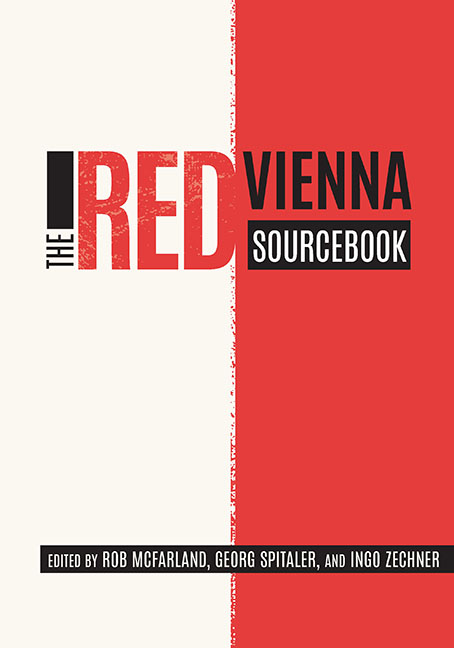Book contents
- Frontmatter
- Contents
- Acknowledgments
- Permissions and Credits
- A Note on the Structure of This Book
- Introduction
- Part I Foundations
- Part II Philosophies
- Part III Identities
- Part IV New Values
- Part V Social Engineering
- Part VI Vitality
- Part VII Housing
- Part VIII Cultural Politics
- Part IX Mass Media
- Part X Exchange
- Part XI Reaction
- Part XII Power
- Chronology
- References
- Contributors
- Index of Subjects
- Index of Persons
Chapter 34 - Campaigns and Elections
Published online by Cambridge University Press: 23 October 2020
- Frontmatter
- Contents
- Acknowledgments
- Permissions and Credits
- A Note on the Structure of This Book
- Introduction
- Part I Foundations
- Part II Philosophies
- Part III Identities
- Part IV New Values
- Part V Social Engineering
- Part VI Vitality
- Part VII Housing
- Part VIII Cultural Politics
- Part IX Mass Media
- Part X Exchange
- Part XI Reaction
- Part XII Power
- Chronology
- References
- Contributors
- Index of Subjects
- Index of Persons
Summary
IT IS ONLY A SMALL EXAGGERATION to say that from the outset in 1919, Red Vienna was in a state of permanent election campaigning. The social and political claims and achievements were widely communicated with great material input, professional expertise, and ambitious experimentation. The young generation of internationally renowned graphic artists in Red Vienna worked intensively and applied the latest advertising psychology. Otto Neurath's Vienna Method of Pictorial Statistics, as well as exhibitions at the Social and Economic Museum (Gesellschafts- und Wirtschaftsmuseum), blurred the boundaries between education and propaganda. From the mid-1920s, new media such as film, radio, or photomontage were used increasingly in election campaigns. In addition, the politician Robert Danneberg (1885–1942) regularly published sophisticated election analyses in the Social Democratic theoretical journal Der Kampf. The extensive and highly visible social housing construction program can also be regarded as an effective propaganda tool. It was for that reason that Siegfried Mattl spoke of Red Vienna as a project “in the spirit of advertising.”
The 1919, 1920, and 1923 election campaigns in Vienna were notable for the unprecedented use of posters. Compared with other countries, this form of mass communication was relatively late in arriving in Austria. In contrast to the United States, Great Britain, and France, the political and legal basis was absent for a long time. Austrian election legislation became gradually democratized after 1867. The basis for a modern election campaign was not established until the new election legislation in 1896, which gave an unevenly weighted vote to all male citizens over the age of twenty-four. On the state level, unweighted male suffrage for the Austrian Imperial Council (Reichsrat) was introduced in 1907; on the local level, however, for the municipal council, it was not introduced until 1918. Added to this was a restrictive censorship policy by the police. For a long time, therefore, the election campaigns in Austria remained “premodern,” as Pippa Norris described it in her political campaign model, in which direct communication at meetings was still the dominant mode.
The posters used in the first unrestrictedly democratic elections in 1919, after the introduction of women's suffrage, were pointed and confrontational. They were also seen as a reaction to the years of war rhetoric, from which the Christian Socials, for example, borrowed poignant motifs, such as the dragon demonizing the Social Democratic Workers’ Party.
- Type
- Chapter
- Information
- The Red Vienna Sourcebook , pp. 671 - 688Publisher: Boydell & BrewerPrint publication year: 2019

